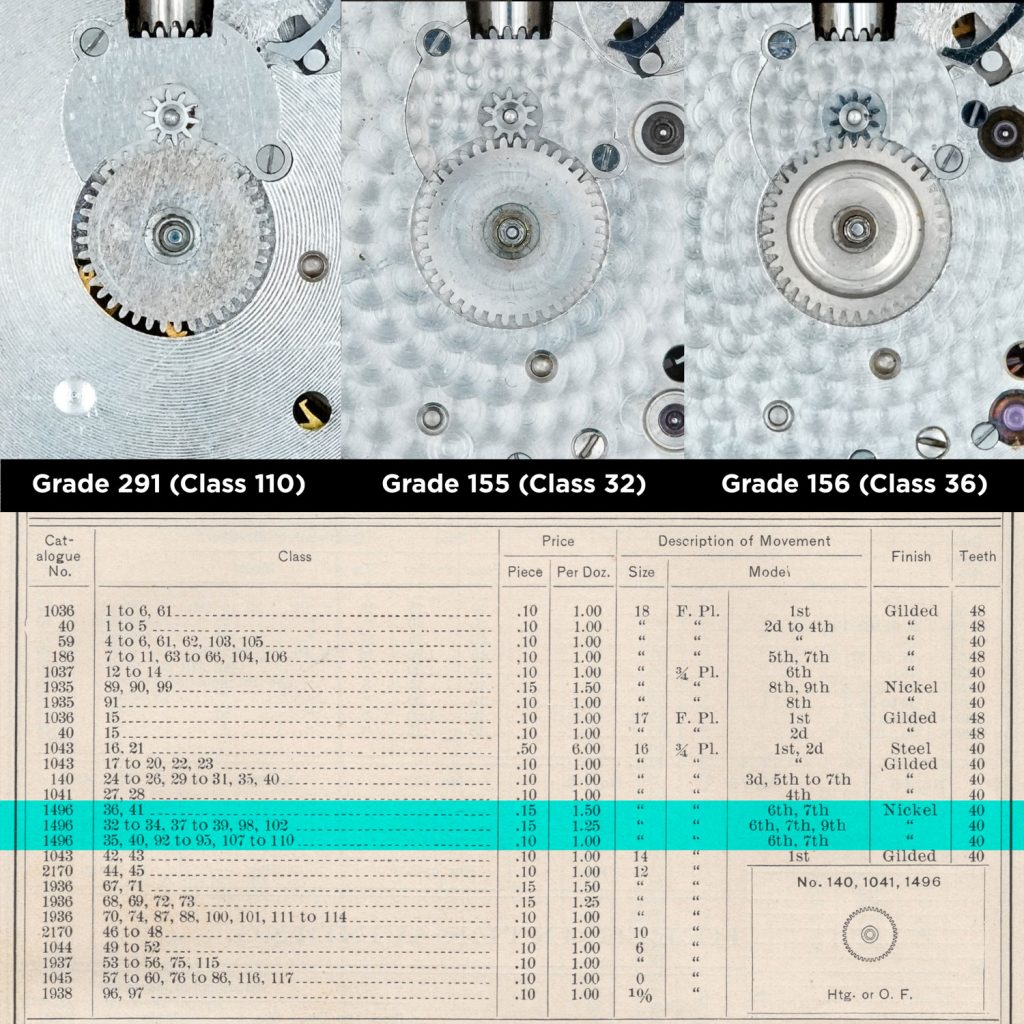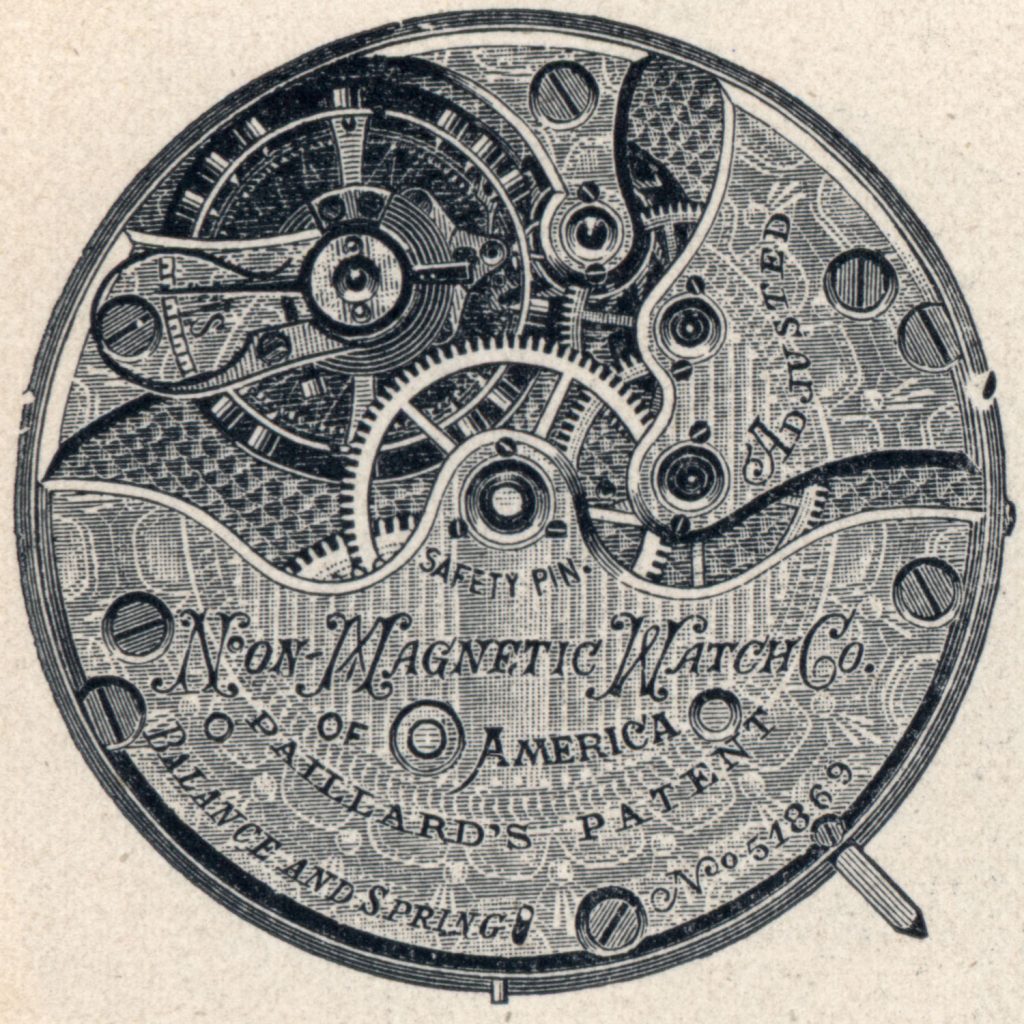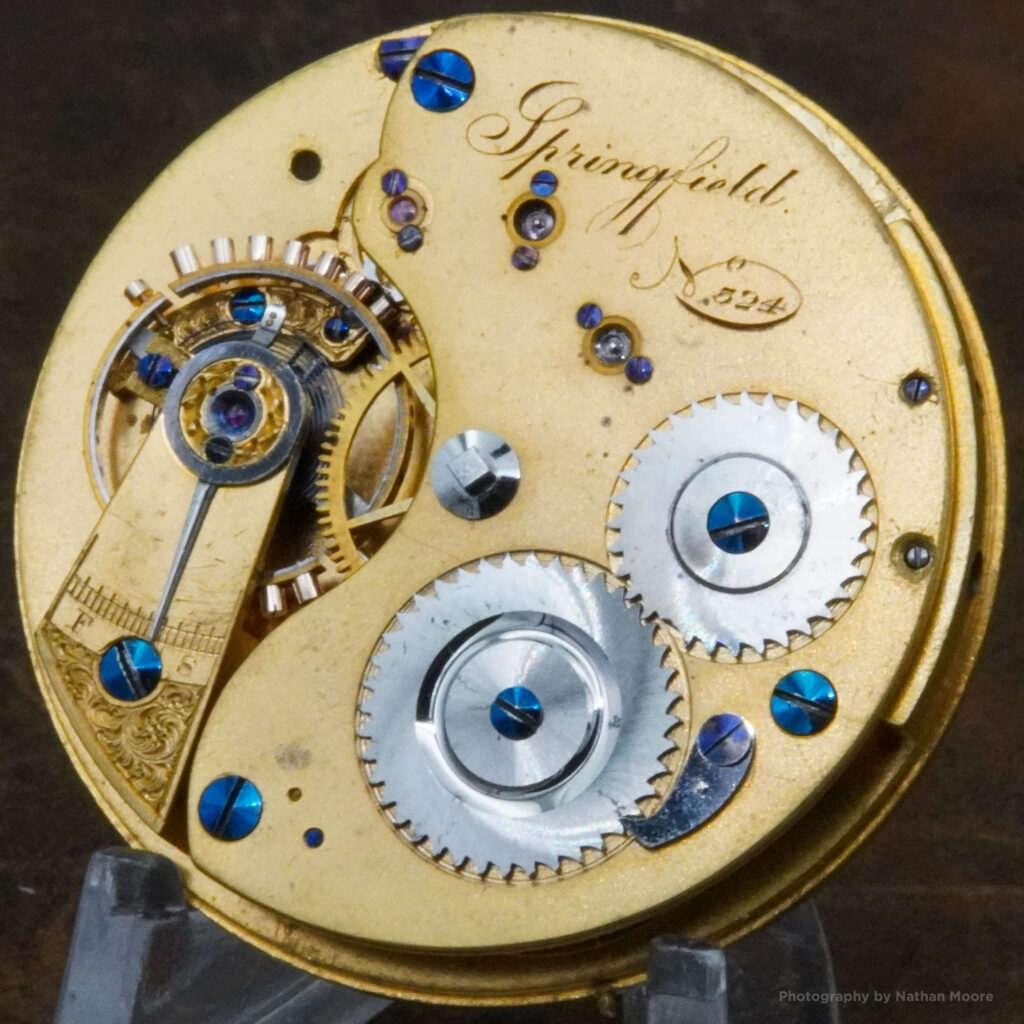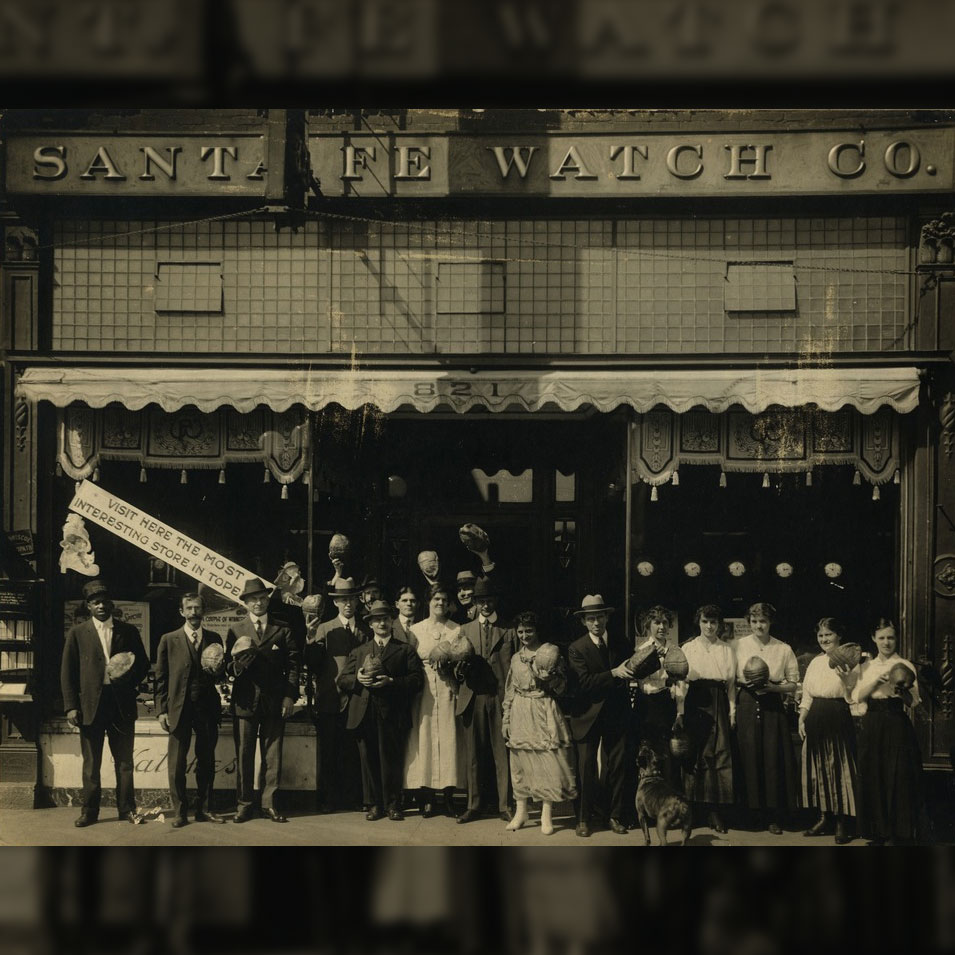An Explanation of Elgin’s Part Classification System Used in Material Catalogs
The Elgin National Watch Company implemented an extensive system of classes to represent the quality of finish applied to material for each particular grade. This classification system also facilitated the ordering of replacement parts by watchmakers, providing the ability to match finishing quality.
Sifting through an original Elgin material catalog can be confusing with differentiation between grades, models, and classes. The introduction to each catalog attempts to clarify the proper way to find the correct material.
“Bear in mind that the illustrations of material serve to give the shape only, the quality of finish being shown by the class, movements taking the same shape and finish being embraced in one line opposite the catalogue number of that particular shape.” 1904 Elgin Material Catalog
Once the matching part number is found, the grade must then be correlated with a class designation to determine the proper material quality.

Elgin Watch Co. Grade 291 – 16-Size, Model 7, 7 Jewels, c.1908, Serial No. 13412120.
Elgin Watch Co. Grade 155 – 16-Size, Model 6, 17 Jewels, c.1897, Serial No. 6994134.
Elgin Watch Co. Grade 156 – 16-Size, Model 6, 21 Jewels, c.1909, Serial No. 13504069.
1904 Elgin Material Catalog, Page 111
For example, the part number for the hour wheel fitted on the Grade 291, Grade 155, and Grade 156 is the same: 1496. However, with a quick visual inspection, we can clearly see the quality of finish between the three wheels is different. According to factory documentation, Grade 291 is designated with the class 110, Grade 155 is designated with 32, and Grade 156, a finer grade, is designated with the class 36. According to the 1904 Elgin Material Catalog, three distinct qualities were offered when ordering the hour wheel #1496. The highest level of finish was applied to classes 36 and 41, grouping grades 156, 162, and 351. The middle quality is associated with a variety of classes and grades, mostly featuring 17-Jewels, including Grade 155. The lowest quality is associated with grades generally featuring 7-15 Jewels, including Grade 291.
While this system worked sufficiently for decades, it eventually became so convoluted that the company transitioned to a material catalog listed directly by grade in 1927.



